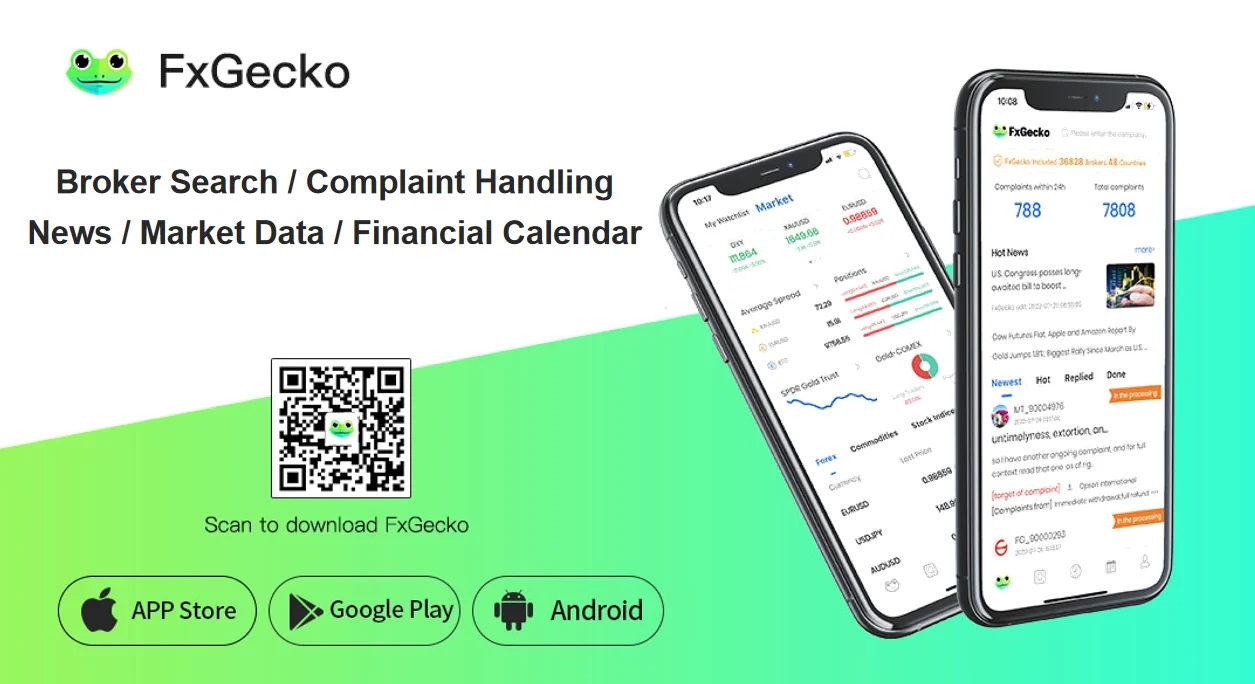Organizations adopt various frameworks. IT frameworks are developed to guarantee that IT services are provided in a manner that delivers maximum value. Since IT processes may be so extensive and intricate, frameworks are helpful.
Providing services may become unreliable and chaotic without a standard set of operational rules, records, and governance methods. When services fail, frameworks may prevent further damage by establishing standard practices and preventing crucial steps from being skipped.
In this regard, some of the numerous IT business frameworks are ITIL Foundation and TOGAF 9, others like COBIT, Prince2, etc. Today, this article will focus on both frameworks and explain how enterprise architecture TOGAF and ITIL foundation function in an IT organization.
Furthermore, the article will also explain the critical differences between TOGAF and ITIL to help understand which business process framework is suitable for IT businesses.
To understand better, it is crucial to define each framework and its benefits to the organization, which will help you understand TOGAF vs. ITIL- Key differences you should know.
What is TOGAF?
The Open Group developed the Open Group Architecture Framework in 1955. Now, the majority of Fortune 500 companies have adopted this framework. It allows the business to plan, create, build, and execute the infrastructure with minimal errors.
To achieve their goals in a timely and cost-effective way, firms may benefit from TOGAF, a methodology for developing Enterprise Architecture that contains a defined set of criteria for organizational growth.
What are the benefits of TOGAF 9?
The typical TOGAF architectural model includes the following four layers: business, data, applications, and technology. The TOGAF relies on tried-and-true procedures, including process standardization, product and service modularization, and product and service validation. The framework is adopted to perform high-level industry tasks.
1. Transparent Technique
The experts can adhere to the transparent and adaptable technique that can help them put their knowledge into practice. Moreover, it gives clear guidelines for building structures. The resulting architectural development process is thorough, simple, and straightforward.
2. Clarity
Practitioners can implement TOGAF concepts with a clear focus on the goal and without any confusion. The framework’s flexibility is its greatest strength since it can be adapted to meet the needs of every business. In addition, it’s adaptable since your team can roll it out to other divisions with little effort.
3. Increased Efficiency
To survive today’s cutthroat business environment, companies must change strategies. Organizations may profit from deployment because of its enhanced freedom and adaptability. This allows for consistent expansion and reorganization inside the corporation. In addition, it helps reduce the money, time, and dangers of building a company’s infrastructure.
What is ITIL Foundation?
ITIL is the abbreviation for “Information Technology Infrastructure Library.” ITIL’s systematic approach to managing IT services may help organizations improve customer relationships, reduce risk, implement efficient practices, and create a scalable, adaptable, and flexible IT infrastructure.
The IT Infrastructure Library (ITIL 4 Foundation) is a set of guidelines on how businesses and their employees should utilize technology to foster organizational growth and evolution. ITIL aims to boost productivity and efficiency to satisfy predetermined service standards. Simply put, it acts as a hub through which service providers and their customers may communicate.
What are the benefits of the ITIL 4 foundation?
The concept of ITIL has four primary functions: service design, strategy, transition, and operation. From the above section, you must have understood the definition of ITIL. Now let us know how this framework works when adopted by the organization.
1. Improved communication
In many everyday cases, business and IT may work in relative isolation, each concentrating on their tasks. Lack of communication may rapidly delay planning, development, and release. ITIL v4 helps business and IT departments work collaboratively, which is one of its main benefits.
2. Customer Satisfaction
ITIL’s best practices keep operating systems functioning smoothly to provide consumers with the best experience.
3. Reduced Costs
ITIL may help firms save IT costs. For example, ITIL has helped firms eliminate unnecessary software and service expenditures and reduce overhead costs. In addition, IT teams may use ITIL’s metric-based solutions to understand their spending data better, enabling them to remain on budget and make cost-cutting choices.
Key differences between TOGAF vs. ITIL:
ITIL’s main concern was service management, and TOGAF’s main concentration was enterprise architecture. Although both frameworks address topics like technology architecture, information architecture, and IT solutions, the depth to which they do so varies significantly across them. For example, TOGAF covers business architecture, but ITIL, the IT Infrastructure Library, does not. Similarly, ITIL discusses IT services, but TOGAF does not.
| Parameter | TOGAF | ITIL |
| Full Form | The Open Group Architecture Framework | Information Technology Infrastructure Library |
| Founded In | 1995 | 1980 |
| Focus | Enterprise Architecture | IT service management |
| Deals With | Business architecture | IT services |
| Role | The TOGAF Approach is a process and toolkit for building an enterprise architecture. | One of ITIL’s main focuses is on how IT services are provided. |
| Requires | The Open Group Architecture Framework (TOGAF) guarantees uniformity in meeting business requirements throughout product or service development. | By using practices like Change Management as guidelines, ITIL ensures all services are uniform. |
| Salaries | An enterprise architect’s salary in India, on average, is Rs—28Lakhs per annum. | An ITIL manager’s salary in India, on average, is Rs—10Lakhs per annum. |
Conclusion
ITIL and TOGAF have certain similarities. However, they often strengthen an organization’s digital compliance, security, and resilience. Even though both TOGAF and ITIL have their roots in IT and are comprised of best practices with a quality loop, these loops do not coincide. Although TOGAF addresses creating and maintaining a run-time environment, it does not address the process by which services are created and provided, unlike ITIL.
Gaining a professional certification can boost your standing in the workplace and establish your expertise. Your selection between the two frameworks has to be guided by your role and the needs of the company you work for. Simplilearn has a wide range of accredited IT online courses that will help you stay ahead of the competition. So upskill your working scale through these professional certification courses to achieve career excellence.








Add Comment